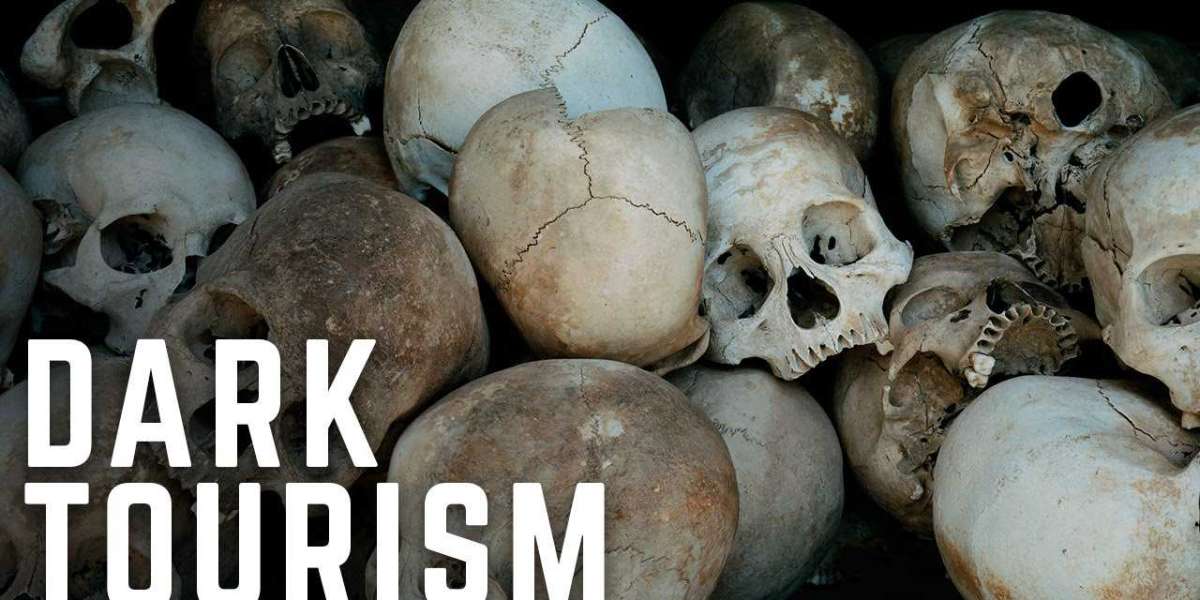Jill Charpia, the founder of TravelTillYouDrop, has traveled the world for over 25 years, visiting more than 75 countries. Her travels have taken her to some of the world's most beautiful and awe-inspiring places, but also to some of the darkest corners of human history. In this article, we will delve into the world of dark tourism, exploring what it is, why people are drawn to it, and the risks and rewards of visiting macabre places.
What is Dark Tourism?
Dark tourism, also known as thanatourism, is a form of tourism that involves visiting places associated with death, tragedy, or suffering. These can include sites of natural disasters, war zones, prisons, and places associated with death and murder. While dark tourism has been around for centuries, it has become increasingly popular in recent years, with more and more people seeking out experiences that are off the beaten path.
Why are People Drawn to Dark Tourism?
There are many reasons why people are drawn to dark tourism. For some, it is a way to confront their own mortality and gain a deeper appreciation for life. For others, it is a way to learn about history and gain a better understanding of the world around them. Still, others are drawn to the thrill and excitement of visiting places that are off-limits to most tourists.
One of the most popular forms of dark tourism is visiting sites associated with the Holocaust. These sites, such as Auschwitz in Poland and Dachau in Germany, attract millions of visitors each year. While these visits can be emotionally challenging, they also provide an opportunity for people to learn about one of the darkest periods in human history and pay their respects to those who suffered and died.
The Risks and Rewards of Dark Tourism
While dark tourism can be a rewarding and enlightening experience, it can also be risky. Many of the places associated with dark tourism are located in areas that are politically unstable or have high crime rates. Visitors to these areas can be at risk of violence, theft, and other crimes. Additionally, some of the activities associated with dark tourism, such as visiting abandoned buildings and exploring war zones, can be dangerous and even deadly.
Despite these risks, many people continue to be drawn to dark tourism. For them, the rewards of visiting these places outweigh the risks. They believe that the experience of confronting death and suffering firsthand can be transformative, helping them to gain a deeper understanding of the world and their place in it.
Conclusion
Dark tourism is a complex and controversial form of tourism that raises important questions about the ethics and morality of travel. While it can be a highly rewarding and enlightening experience, it is not without risks. As with any form of travel, it is important to do your research and take precautions to ensure that you stay safe and healthy.
If you are considering embarking on a dark tourism adventure, be sure to read up on the destination and the associated risks. Talk to other travelers who have visited the area and learn as much as you can about the culture and customs of the place you will be visiting. With the right preparation, dark tourism can be a life-changing experience that will stay with you for years to come.







